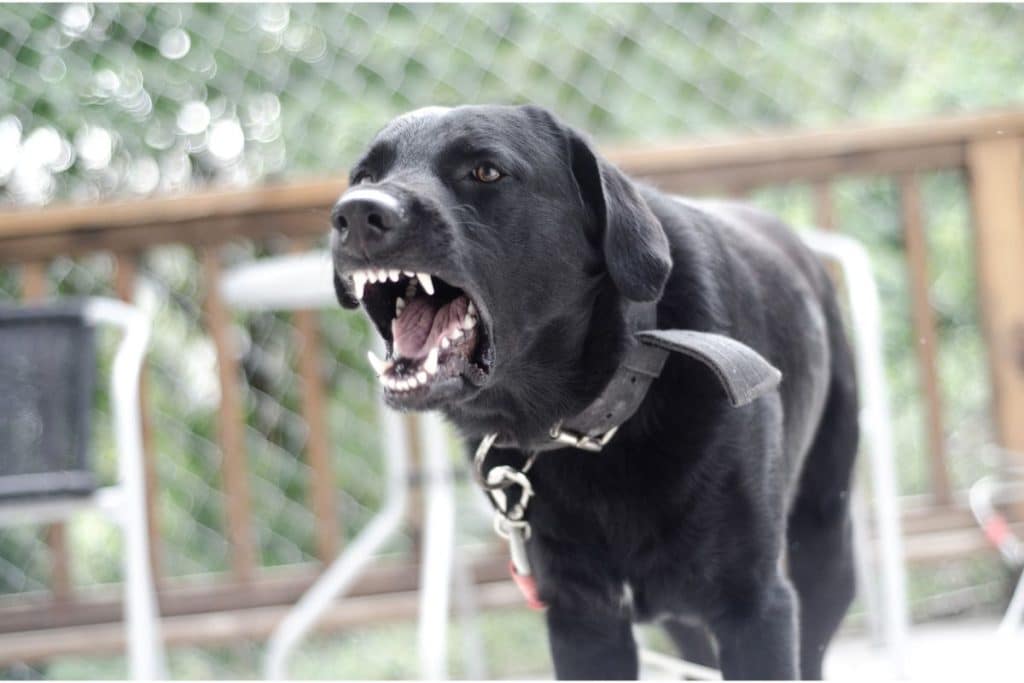The minds of our furry friends are just as fascinating and fickle as us humans. Your mutt can go from being harmless and loving to the harbinger of destruction in mere minutes. As an experienced pet parent, I have come to realise that training your dog to obey house rules early on is very important.
Plus, doing it early means you can move to the fun parts as quickly as possible. Mind you, disciplining your dog doesn’t necessarily entail punishment. You must avoid minor punishments as much as possible. And harsher ones must never happen.
Training your dog by teaching them commands and setting clear boundaries is an important part of their discipline training. Post that; you need positive reinforcement with a reasonable reward system, and voila!
In today’s article, I’ll tell you the secrets to effectively discipline your pup. Before that, let’s first discuss whether you should punish / discipline your dog or not in case you still have some reservations regarding the issue.
Should you punish your dogs at all?
It can take time to determine the best way to handle any misbehaviour. Punishment is an option that many pet owners turn to when their dog does something wrong but is it the right choice? More importantly, does it even work?
Punishment is barely adequate to halt your dog’s misbehaviour at that instant, let alone a good long-term solution. Harsher punishments (or negative reinforcement) can cause dogs to become fearful or anxious, due to which they misbehave behind your back or act out in other ways.
During the training or after, “punishment” should only be used as a last resort, and it’s important to remember that it should never involve any physical or verbal abuse.
While punishing them may seem like the quickest solution, there are other alternatives to consider when your dog misbehaves:
1. Timeouts
Like dealing with children, timeouts are an effective means of indirect punishment to enforce that certain behaviours are unacceptable. A timeout also gives both parties (you and your dog) a chance to calm down and reflect upon their actions.
Additionally, this indirect punishment can be tailored to your pup’s needs. You can assign different timeouts depending on the severity of the behaviour and the context. For instance, I have set a timeout for my dog for barking too loudly in the house shorter than one for running away from me in the park.
2. Ignore bad behaviour
When your dog does something you don’t want them to do, simply ignore the behaviour. Ignoring bad behaviour sends the message that it is unacceptable and will not be rewarded.
So, the next time your dog is doing something you don’t like, simply turn away and ignore your dog when they are behaving badly. Try to ignore it and wait for them to do something you can reward.

3. Professional training
If you find yourself stuck disciplining your pup, seeking help from a professional trainer can be a great way to surpass the bottleneck of a situation.
Professional dog trainers can help you identify the root cause of the behaviour and provide guidance on properly addressing it. They can also teach you and your dog how to understand each other better, establish boundaries and develop a healthy relationship.
Read More: Put An End To Dog Fence Fighting Aggression
How to discipline your dog correctly?
1. Positive Reinforcement
Positive reinforcement is the best way to train and discipline your dog. Rewarding good behaviour with treats, praise, or other means quickly and consistently teaches your doggo behaviours are desirable and which aren’t.
Be consistent with your rewards and provide them on time. Otherwise, your dog may become confused or frustrated. I keep the rewards small and manageable for my dog to learn quickly without being greedy.
Use verbal praise such as “good job” or “yes” when your dog does something correctly. With patience and consistency, you can use positive reinforcement to help your dog learn to follow commands, stay out of trouble, and obey the rules.
2. Establish clear rules and boundaries
Having defined rules and boundaries for your pup is key to having a well-mannered, obedient pet. Be consistent with your own rules. Ensure that everyone who interacts with your dog (family members, friends, etc.) knows and follows the rules.
When setting up rules and boundaries, remember that they must be achievable and reasonable.
3. Give Clear Commands
It’s important to keep your commands small and clear for your dog to understand them quickly and consistently. You can use words like “sit” and “stay” instead of generic commands like “listen” or “come”. Also, avoid using negative terms such as “no” or “bad”. This way, your dog will understand that they are in control and that you are not angry with them.
Speak in a firm but calm and clear voice when giving commands. This will help your dog understand what you are asking of them. However, you should always incorporate a friendly tone into your command.
Ensure that each time you issue a command, it is the same. Your dog will learn from this that some actions are not acceptable. Dogs don’t understand complex instructions, so keep it simple. For example, if you don’t want your pup to jump on visitors, say “no jumping” instead of “please don’t jump.”

4. Use distraction techniques
Distraction techniques involve redirecting your puppy’s attention away from the unwanted behaviour to something else, like a toy or treat. When your pup behaves badly, you can distract them with something they like, like a toy or a treat.
This will help them to refocus on something else and help them to learn that the unwanted behaviour is not a desirable one.
Additionally, redirections can help to break up long periods of misbehaviour. Suppose your pup is jumping up on visitors or not responding to commands, for instance. In that case, you can distract them with a toy or treat and lead them away from the situation. This will help them refocus and may help them to obey your commands.
5. Exercise your dog
Exercising your dog can be an important tool during behavioural and disciplinary training. It gives them a chance to release their energy healthily. Regular exercise can help reduce destructive behaviours, like chewing and digging and help your pup stay mentally and physically healthy.
It’s important to find activities your pup enjoys and make them part of your daily routine. This could include walking, running, playing fetch, or taking your pup to the dog park. The key is ensuring the activity is fun for your pup and not just a chore.
When you take your pup out for exercise, it’s important to maintain control. This means training your pup to stay close to you and not wander off or chase after other animals or people. You can also use commands like “sit”, and “come”, or “down” to help your pup stay focused on you.
Exercise is also great for me and my pup’s bond and builds our relationship. It is a great opportunity to reinforce basic obedience commands and good behaviours.
Read More: How to take an aggressive dog to the vet?
6. Be Consistent
I know this is the 100th time I’m saying this, but trust me, it’s important.
Being consistent is the most important part of successfully disciplining your dog. Every single command, rule and consequence should be applied consistently for your dog to understand and obey.
When teaching your dog a command, reward them every time they obey. This will reinforce the behaviour and help them understand it is good. Likewise, suppose your dog is exhibiting bad behaviour. In that case, you should respond with the same consequence every time.
In addition, you should also always use the same words or gestures when disciplining your dog. It’s important to be consistent in the amount of exercise and playtime you give your dog. Exercise and play are essential for maintaining your dog’s mental and physical health, so stick to a schedule.
By being consistent in your disciplining techniques, your dog will learn what is expected of them and be more obedient.
How to determine if your dog’s punishment is too harsh?
Consider the disciplining techniques you are using. Verbal or physical abuse, such as hitting or shaking your dog, is an absolute NO. Additionally, suppose your timeout and ignorance go on for too long. In that case, it can cause psychological harm that may lead to anxiety issues.
Take a step back before finalising the timing and severity of the punishment. If you scold your dog too soon or too late, they may need help understanding why they are being disciplined.





